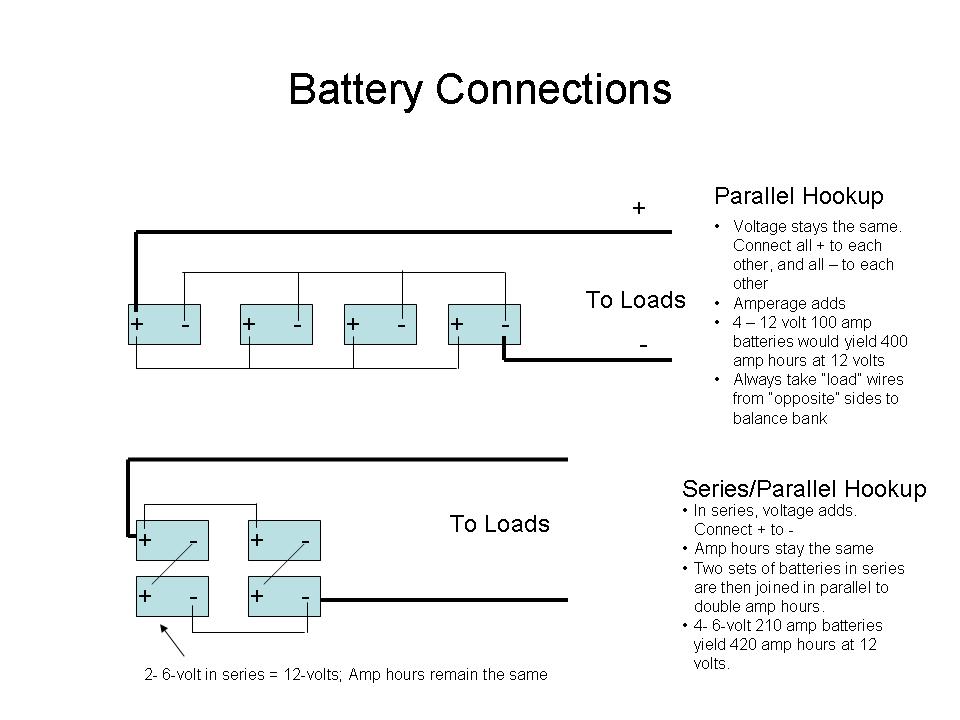I just installed the new inverter that Heartland sent me and so far so good. It's been running for 4 hours and hasn't shut down yet. I guess time will tell if the problem is fixed completely.
Cool - thanks for the update.
I just installed the new inverter that Heartland sent me and so far so good. It's been running for 4 hours and hasn't shut down yet. I guess time will tell if the problem is fixed completely.
Hi bettya,Hello,
I am hoping someone can help us. We have a new 2015 BH. This past week we took it for our first long road trip. The batteries were fully charged and the fridge was fully cooled when we pulled out, but after two hours of driving I noticed that we had dropped to 1/3 battery power. The fridge continued to cool as we drove the truck, but at the end of the day, after our last fill up (approx 10 hrs of driving), I noticed that the Fridge had shut off. At this point it would start back up, but immediately click off again and there was a beeping coming from the storage where the batteries are stored. We had approx 2hrs to our destination so we just headed out. By the time we reached our destination the batteries we so weak that they could hardly put out the slide although they still showed 1/3 charge.
With our propane fridge we would always spend the night on the road parking at Walmart, but with this new Fridge I don't see how that is going to be possible. Does anyone have any experience with this type of fridge and how you have been able to cope with this while traveling. One of the reasons we bought this coach was for the fridge, I am starting to regret this decision. Help please!
If the Pos and Neg cables are not connected diagonally across the two batteries, do so.
Dan,
Perhaps I was not clear as I should have been. Here is a drawing posted by Oregon_Camper that gives a better picture of what I was suggesting. The cables going from the batteries are connected in a diagonal fashion to distribute the load more evenly for the two batteries. Several new rigs I have run into recently have had these load cables connected to one battery. This diagonal method is used for more multiple battery arrangements also.


